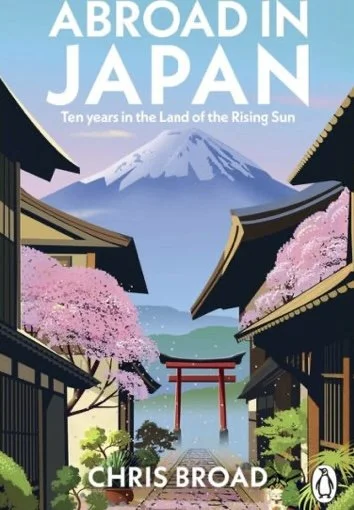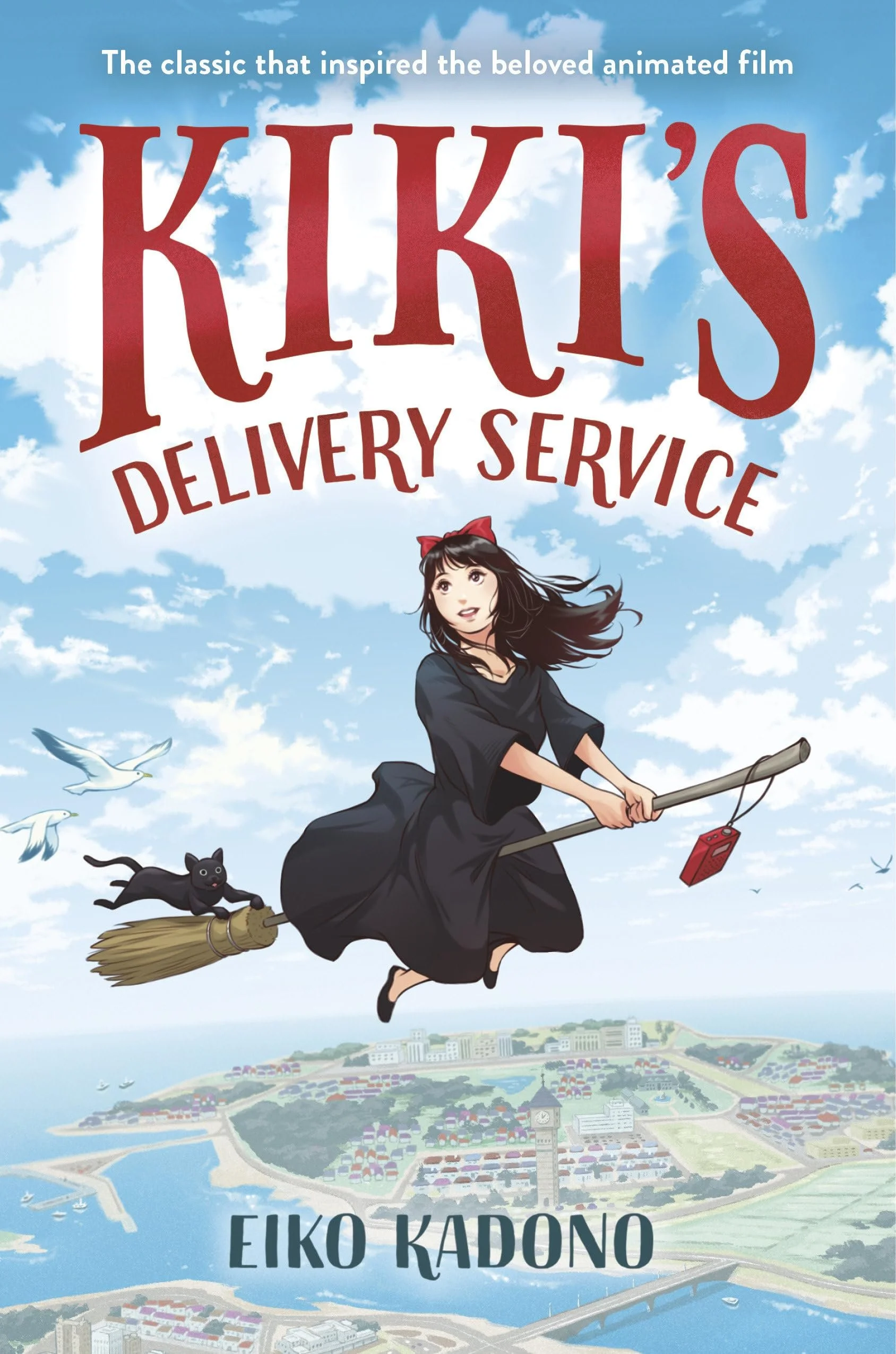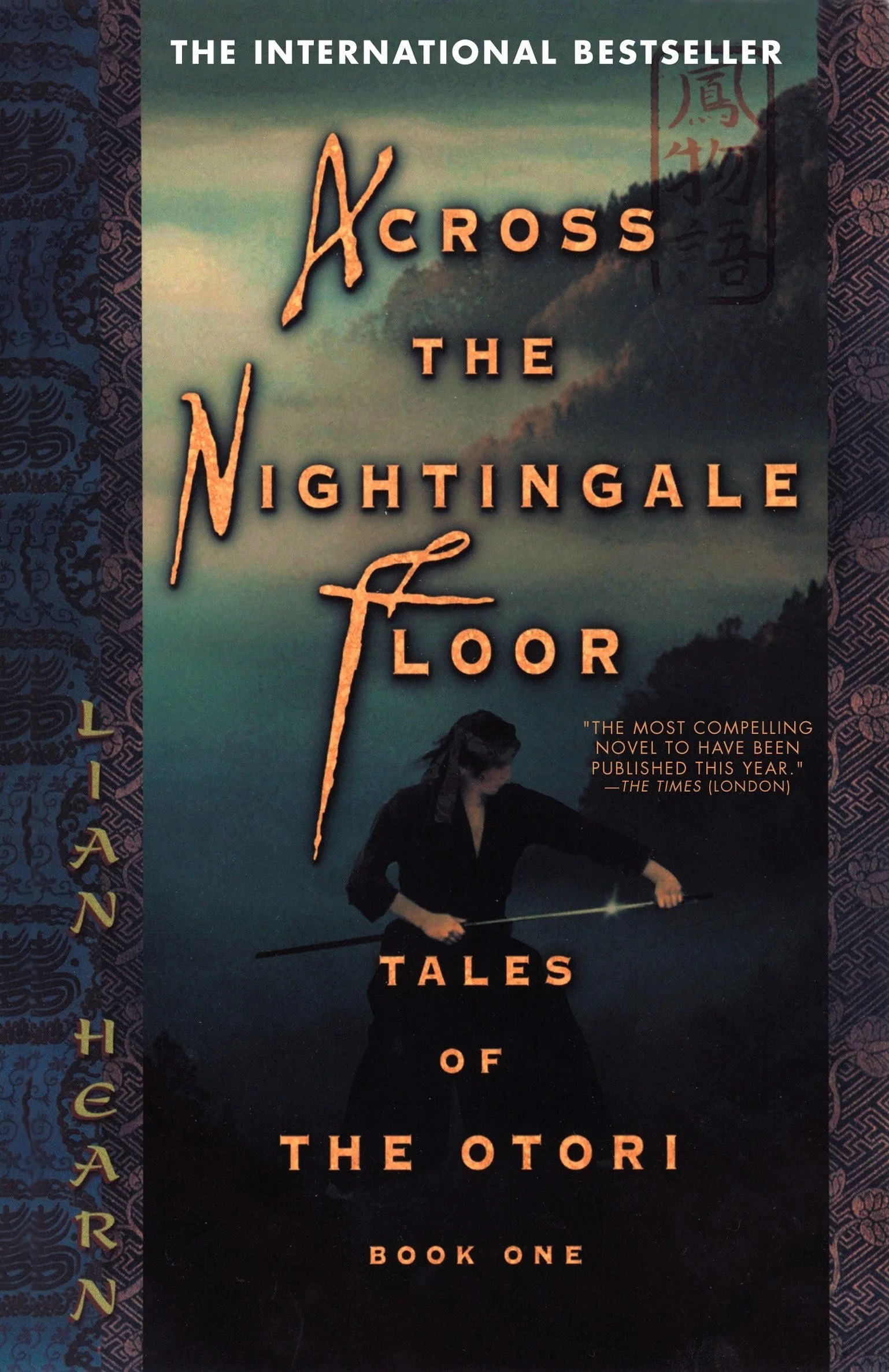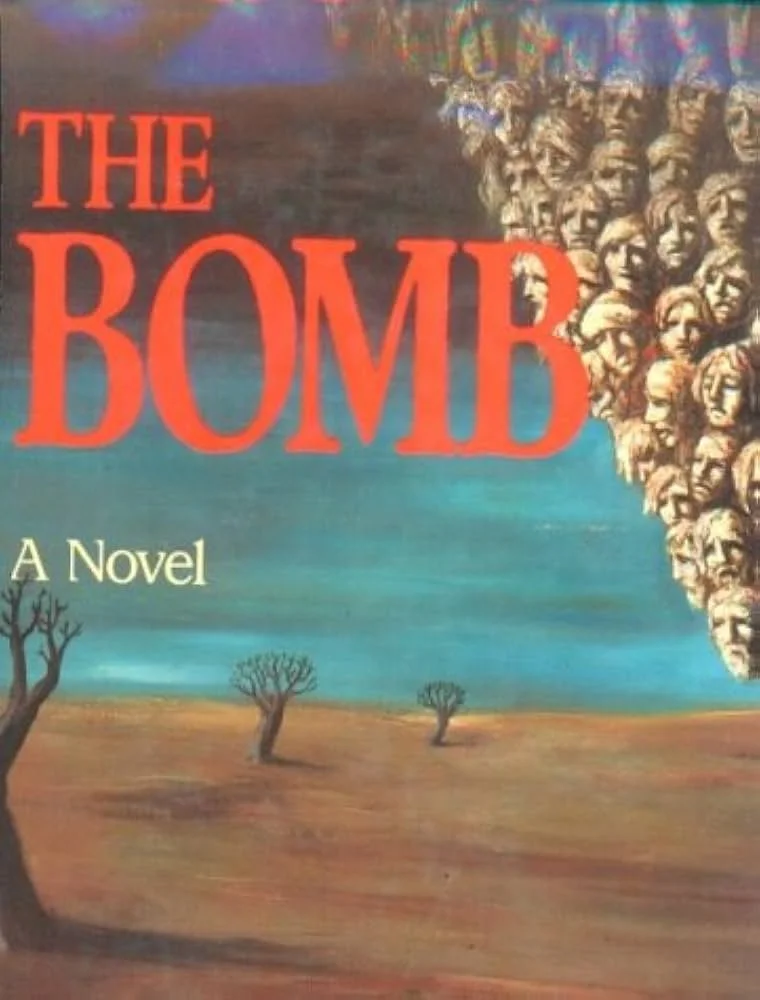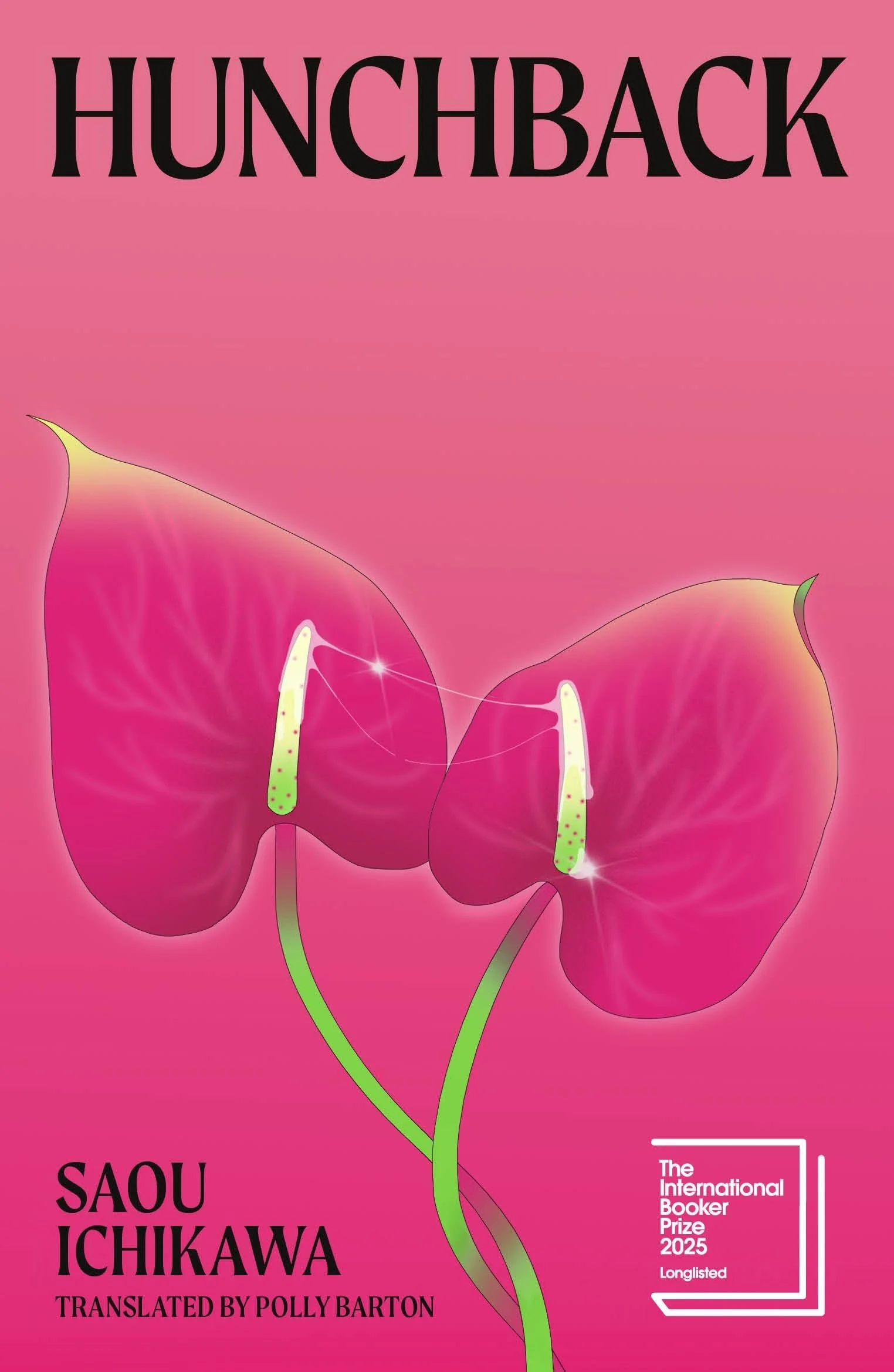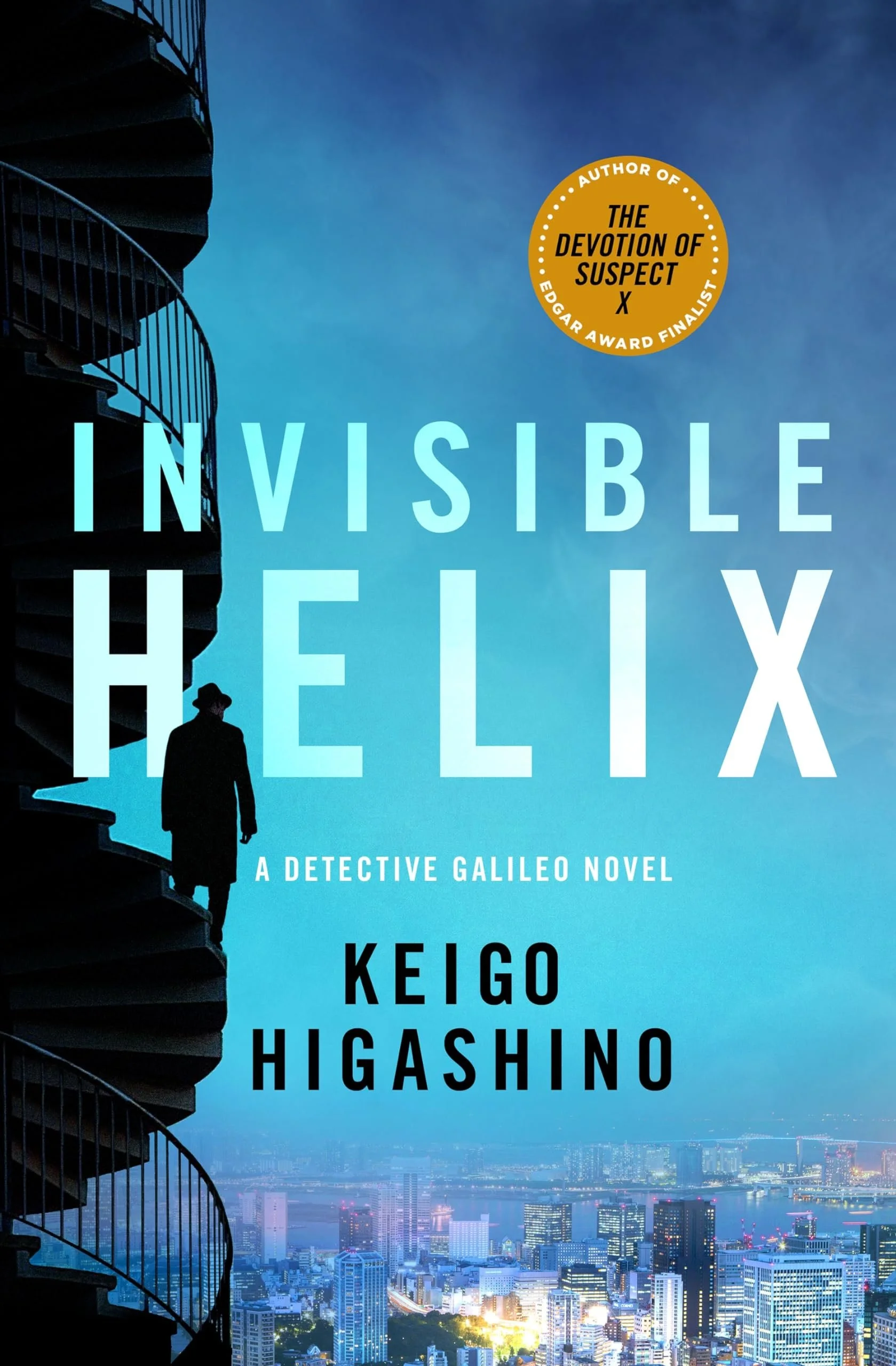Hell by Yasutaka Tsutsui, tranlated by Evan Emswiler (Alma Books) ~Ernie Hoyt
Yusataka Tsutsui is a Japanese writer who is mostly known for his science fiction novels. One of his earliest novels - 時をかける少女 (Toki o Kakeru Shojo), known in English as The Girl Who Leapt Through Time was adapted into a feature length movie in 1983, 1997, and 2010. It was also made into a full length animation movie directed by Mamoru Hosoda in 2006.
Hell is an altogether different kind of book. It was originally published in the Japanese language as ヘル (Heru, which is just romaji for Hell) and not 地獄 (Jigoku) which is Japanese for hell, in 2003 by Bungei Shunju Ltd.
Nobuteru and his friends, Yuzo and Takeshi, were playing on a school-yard platform about five feet off the ground. However, the boys weren’t thinking how dangerous the platform was. They were just goofing off. Unfortunately, one of the boys bumped into Takeshi, who fell to the ground and hurt his leg. The other two boys just laughed, jumped down, and began dragging around Takeshi by his oddly bent leg singing one of the songs that was popular on TV at the time.
But then, Nobuteru thought, that’s kind of strange. The song was released after the war. They couldn’t possibly have sung that song. The more Nobuteru thought about it, an even stranger thing occurred to him. Nobuteru and his family moved to a different city when he was in the fifth grade. After the war was over, Takeshi and Yuzo had never returned to school. In fact, Nobuteru had no idea what had happened to either one of them.
Nobuteru was in his seventies and often thought about Takeshi and how he and Yuzo crippled had crippled him. While at university, Nobuteru had heard from one of his classmates that Yuzo became a yakuza and was killed by a rival gang member when he was in his twenties. He also heard through the grapevine that Takeshi graduated with honors from a top university and was working up the ladder in a large corporation. Nobuteru was happy and relieved but still felt a little uneasy, thinking that one day, Takeshi might want to take revenge on him and Yuzo for what they did to him.
However, Takeshi died in an automobile accident when he was fifty-seven years old. When he awoke, he was in a dimly lit bar. He was no longer crippled and his damaged organs were all repaired. The other people he met in the bar called this place “Hell”. Takeshi wasn’t perturbed about being there. He remembered what a man once told him when he first arrived, “You know what Hell is? It’s just a place without God. The Japanese don’t believe in God to begin with, so what’s the difference between this world and the world of the living?”
The same man who had told Takeshi that Hell is no different from the world of the living also told him, “Most Japanese have no religious faith, and they have no one, including their parents, who can serve in God’s stead. So if they get even a little power, they start to think of themselves as gods. You might say that Hell exists solely for the purpose of ridding ourselves of that illusion. After all, there’s no place that can do that in the world of the living.”
So, what exactly is Hell? In Tsutsui’s world, it certainly isn’t a “fiery place of torment” or “an outer darkness and separation from God”. People don’t suffer eternal damnation in Tsutsui’s hell. He does get the reader thinking about what happens to us after we die. Do we go to heaven or do we go to hell? Is Tsutsui’s Hell more akin to purgatory? It will up to you, the reader, to decide.

